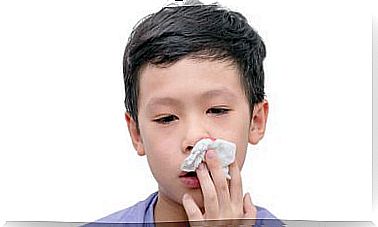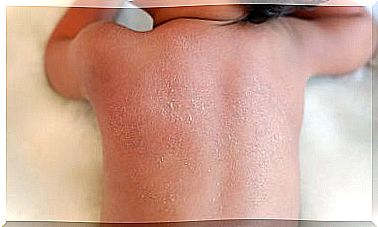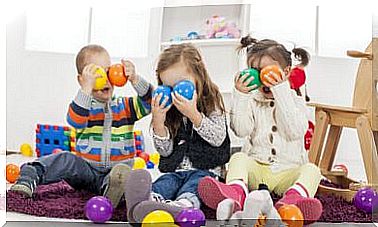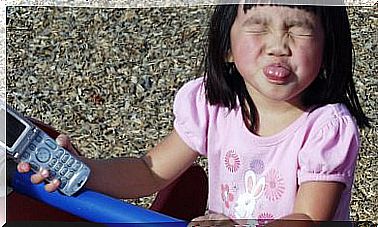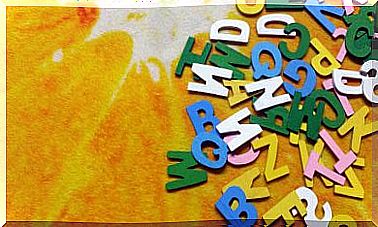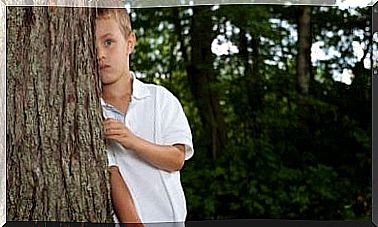15 Basic Tips To Take Care Of Your Children’s Wounds
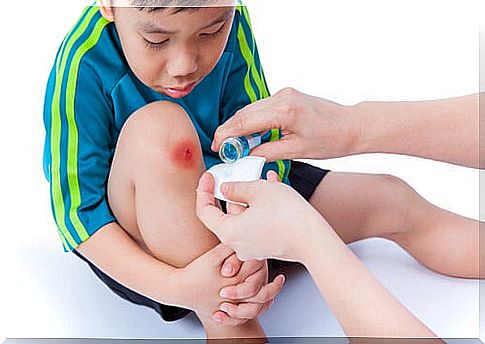
Pediatricians and psychologists agree on this: Most accidents involving children – especially those of preschool age – occur at home and are therefore preventable. So they recommend that the home should be child-centered, rather than parent-centered.
Keep in mind that it will be more difficult for your child to take a knife if the drawers have security measures and it will also be difficult for him to break a vase if there are none within reach; that’s the first tip to take care of your children’s wounds.
The best advice to take care of your children’s injuries is to prevent, however, accidents do happen. Pediatrician María Victoria Álvarez recommends having a first aid kit at home and forgetting about certain myths when caring for a wound, including placing Aloe Vera in an injury, even if it is superficial.
The first thing to avoid in superficial wounds, such as a slight cut or an abrasion on the skin made after falling on the asphalt, is that it becomes infected, that is why the use of home remedies must be eradicated.
Instead, the specialist invites you to wash the affected area two or three times a day with an antiseptic soap.
Then, says the doctor, it is necessary to apply an antibiotic for use t or peak, such as bacitracin. The cream is placed only on the affected area, instead the cleaning process with antiseptic soap is done on the entire area.
If it is an arm wound, you should wash the entire arm with soap and place the cream on the scrape. These types of injuries should not be covered with gauze.
The same advice applies to wounds caused when the child opens on the skin by scratching insistently on an area, for example, on the bite of a mosquito. He reiterates that applying home remedies will only help infect the wound or perpetuate the infection.
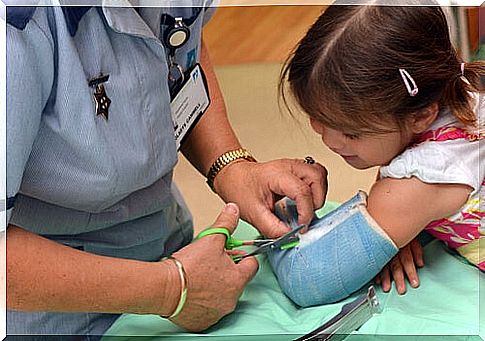
Deep wound care
“When it comes to burns or deeper wounds it is necessary to go to the doctor, even if it is a silly burn “, explains the pediatrician.
There are children who are burned by boiling water because they are near the kitchen, this says TO lvarez, are called clean wounds, which should be treated depending on the degree of burn, so he insists on the importance of going to the doctor, who will tell you what to do.
However, he explains that these types of minor burns are treated with antibiotics and creams.
Burns derived from contact with broth or boiling oil – the pediatrician explains – are called dirty burns, they are usually more dangerous because they can easily become infected.
The recommendation is the same: Go to the doctor and follow the specialist’s instructions to the letter.
If the child falls out of bed it is advisable to go to the doctor, above all, he warns TO lvarez, if you see that you do not react to any stimulus.
“It is natural that after the blow the child cries and that after having been crying for a while he falls asleep due to fatigue, this is different from reacting after having been hit”, argues, the pediatrician, who recommends placing ice on the hit area and provide analgesics for the pain, however it is best to go to a medical emergency.
In addition to the pediatrician’s recommendations, here are some tips from the Red Cross to heal wounds:
Prevention
- Use with care the sharp or pointed objects that are usually in the home, such as knives, scissors, razors, pins, etc.
- Teach the children its handling with explanations and your example. Never leave them within their reach until they know how to use them correctly.
- In houses where there are children it is convenient to protect the corners of the tables, the projections and the base glass furniture.
- When dressing or undressing children, be careful with zippers, they can catch on the skin and cause significant injuries.

First aid
- Before healing a wound, wash your hands well with soap and water. Also at the end.
- Next, wash the wound with soap and water or a normal saline solution to wash away the dirt. Clean from the inside out to prevent germs from entering the wound.
- In a sterile gauze, put an iodinated disinfectant (povidone iodine) and apply it on the wound, from the inside out and without touching the part of the gauze that will come into contact with it.
- Don’t use cotton wool or alcohol to clean a wound.
- Do not apply powders or home remedies.
- Never remove a large object stuck in a wound, as it may be acting as a plug and preventing bleeding. Immobilize him and get medical help.
